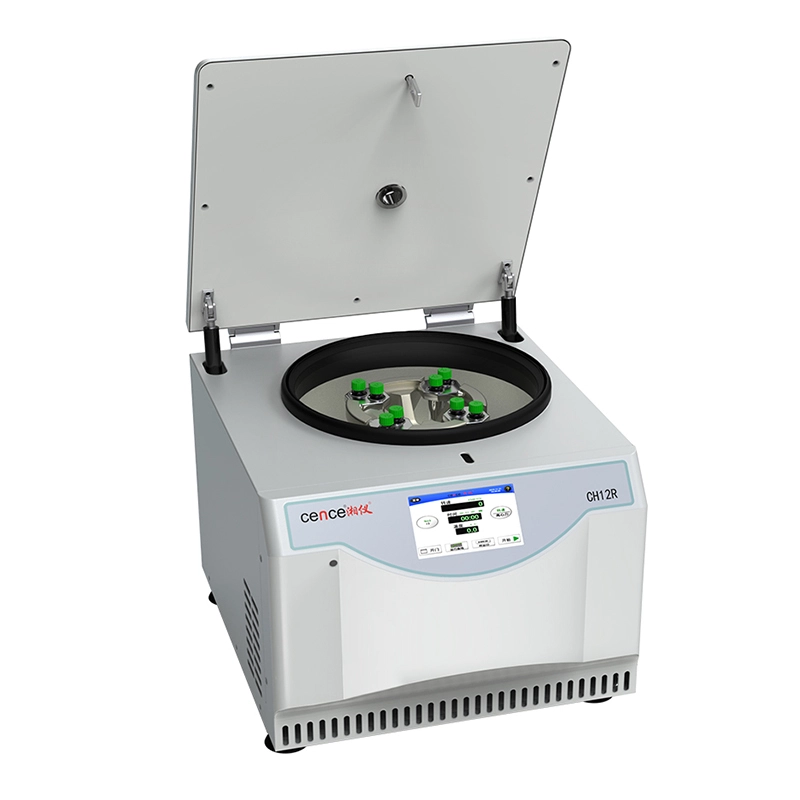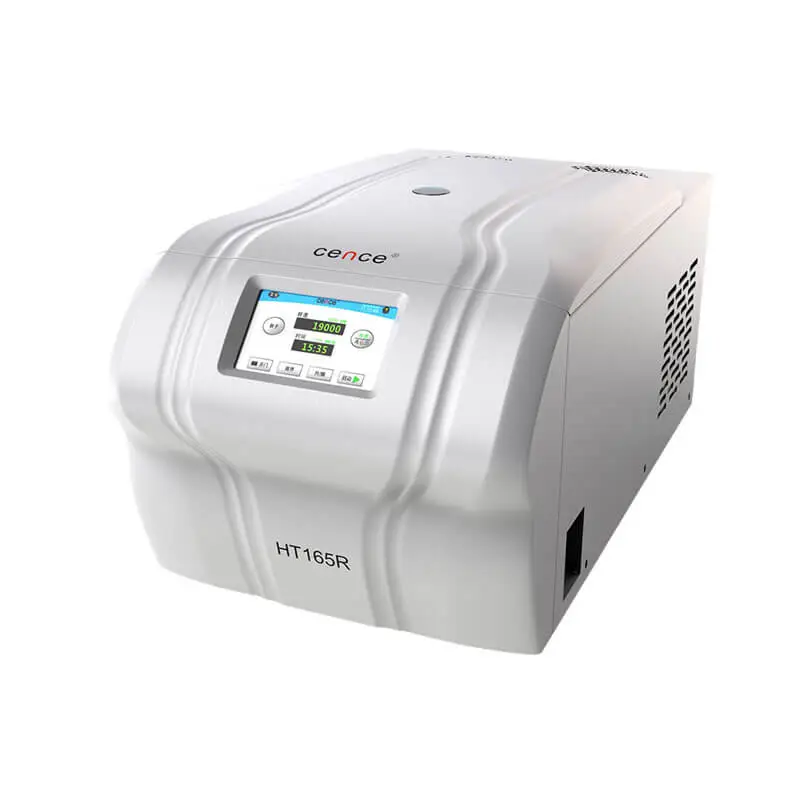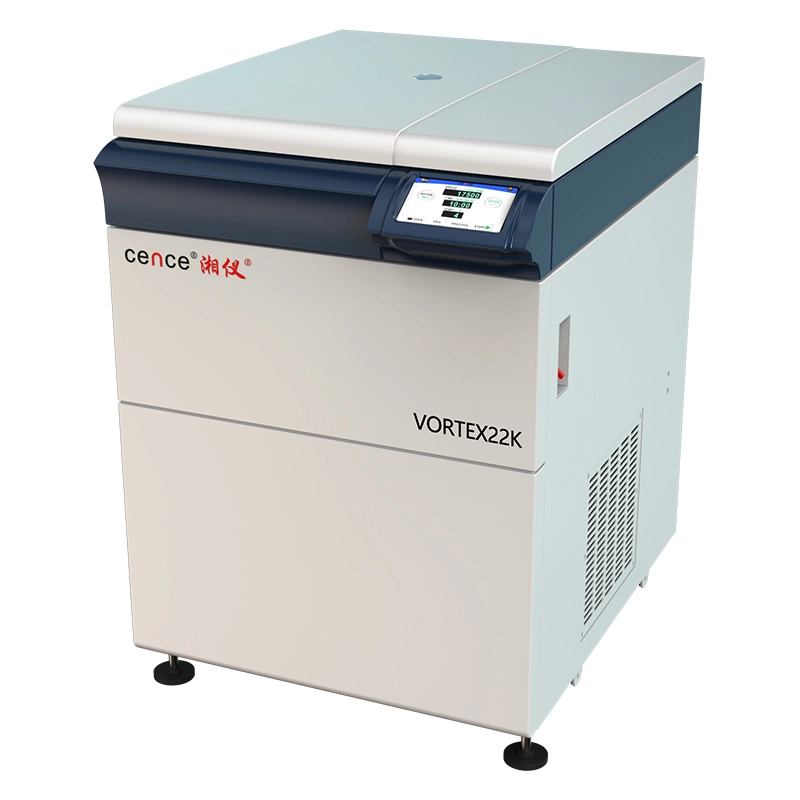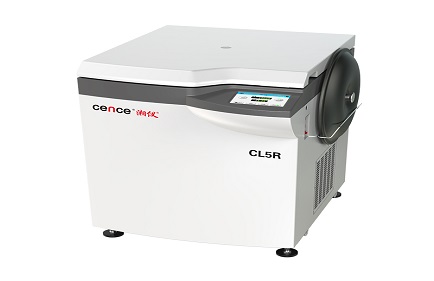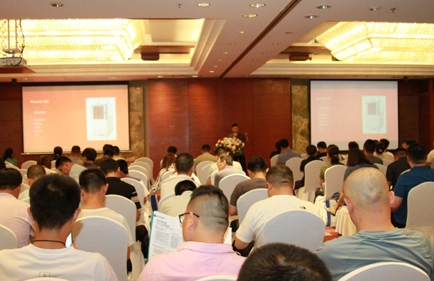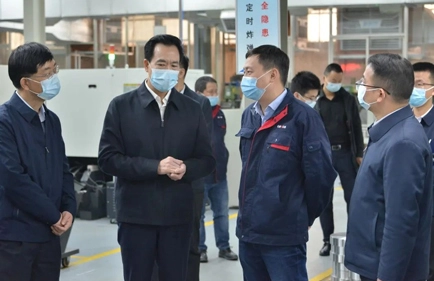When it comes to important equipment in a laboratory setting, a high speed microcentrifuge is definitely near the top of the list. These powerful machines are designed to spin samples at high speeds, separating liquids and solids for a variety of scientific experiments and procedures. However, with great power comes great responsibility – it's crucial to properly maintain and troubleshoot your high speed microcentrifuge to ensure its longevity and functionality. In this blog, we will explore some key tips and troubleshooting advice for keeping your high speed microcentrifuge in top condition.
Regular Maintenance
Just like any piece of equipment, regular maintenance is key to ensuring that your high speed microcentrifuge continues to operate smoothly and efficiently. Here are a few basic maintenance tasks that should be performed on a regular basis:
Clean the rotor and lid
Over time, residue from samples can build up on the rotor and lid of your microcentrifuge, affecting its performance. Make sure to regularly clean these components using a mild detergent and water, being careful not to damage any sensitive parts.
Inspect the gaskets
The gaskets in your high speed microcentrifuge help to create a seal that prevents leaks during operation. Check the gaskets regularly for signs of wear or damage, and replace them as needed to maintain proper functionality.
Check the balance
Imbalanced samples can cause your microcentrifuge to vibrate excessively, leading to potential damage. Make sure to carefully balance your samples before each use to prevent this issue.
Troubleshooting Common Problems
Even with regular maintenance, high speed microcentrifuges can experience technical issues from time to time. Here are some common problems you may encounter, along with troubleshooting tips:
Excessive noise during operation
If your microcentrifuge is making more noise than usual, it could indicate an issue with the bearings or rotor. Try lubricating the bearings or inspecting the rotor for damage, and replace any worn components as needed.
Inconsistent spinning speeds
If your microcentrifuge is not spinning at the correct speed, it could be due to a malfunctioning motor or control panel. Check the settings on the control panel and ensure that the motor is functioning properly before proceeding.
Rotor imbalance
A rotor that is not properly balanced can lead to erratic spinning behavior and potential damage to your samples. Make sure to carefully balance your samples before each use, and inspect the rotor for any signs of damage or wear.
Error messages on the display
If your high speed microcentrifuge displays error messages or warnings, refer to the user manual for troubleshooting guidance. In some cases, a simple reset or recalibration may resolve the issue, while more serious problems may require professional maintenance.
The future of the High Speed Microcentrifuge
High speed microcentrifuge maintenance and troubleshooting are essential tasks for ensuring the continued functionality of this important piece of laboratory equipment. By performing regular maintenance and addressing any technical issues promptly, you can keep your microcentrifuge running smoothly and efficiently for years to come. Remember, safety should always be a top priority when working with high speed microcentrifuges, so always follow proper protocols and guidelines to minimize the risk of accidents or injuries. With these tips and troubleshooting advice in mind, you can rest assured that your high speed microcentrifuge will continue to be a valuable asset in your laboratory.
 English
English 한국어
한국어 français
français Deutsch
Deutsch Español
Español italiano
italiano русский
русский português
português العربية
العربية tiếng việt
tiếng việt Indonesia
Indonesia
